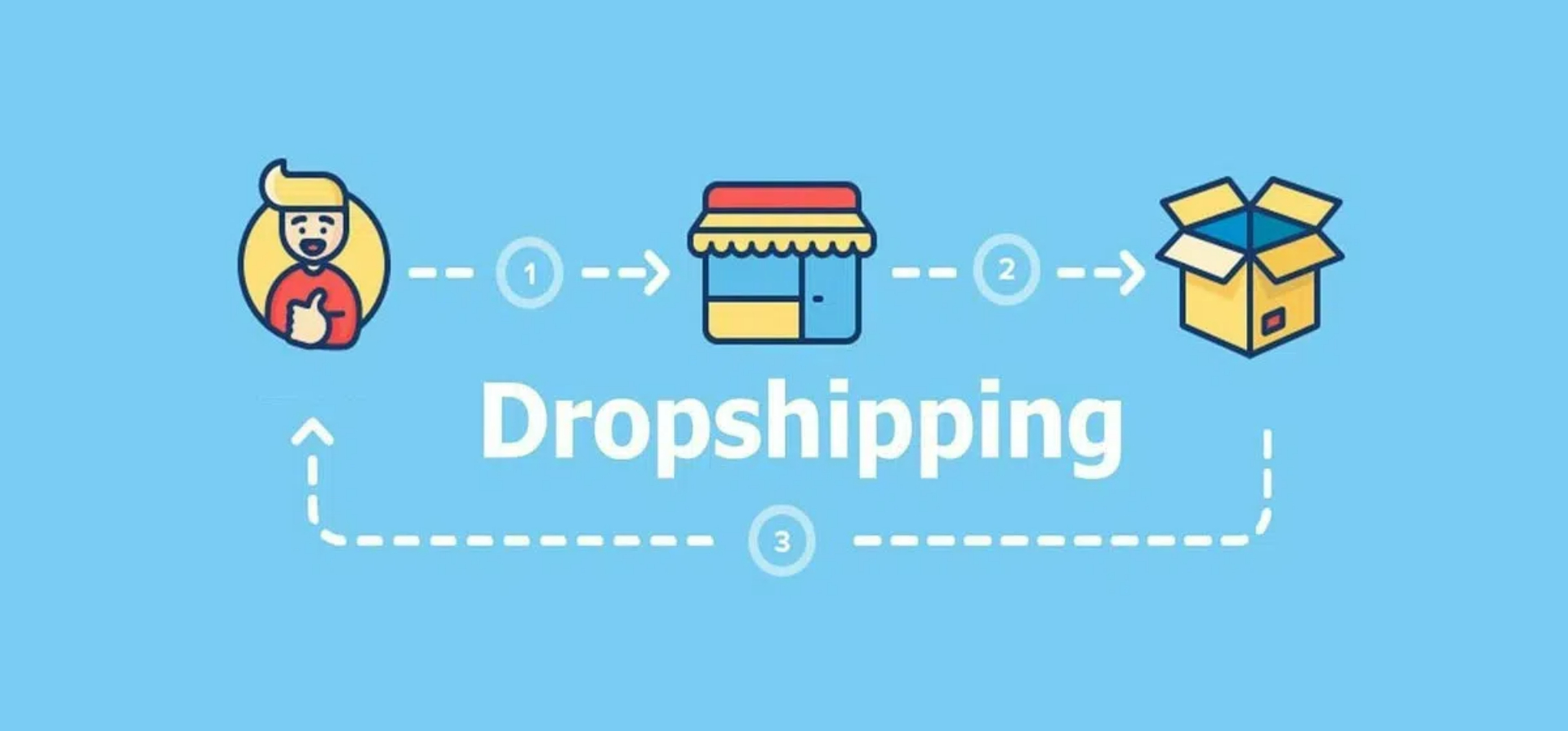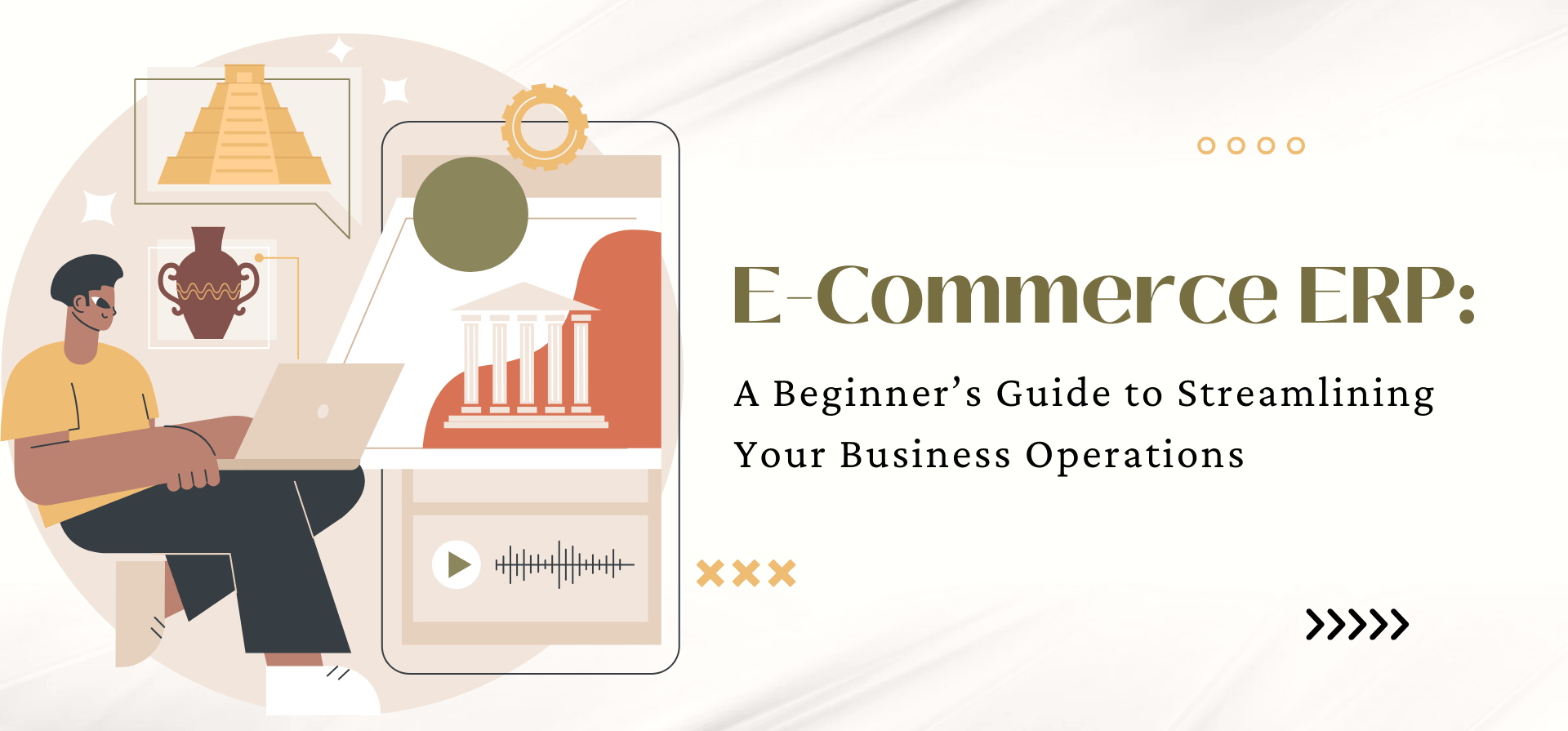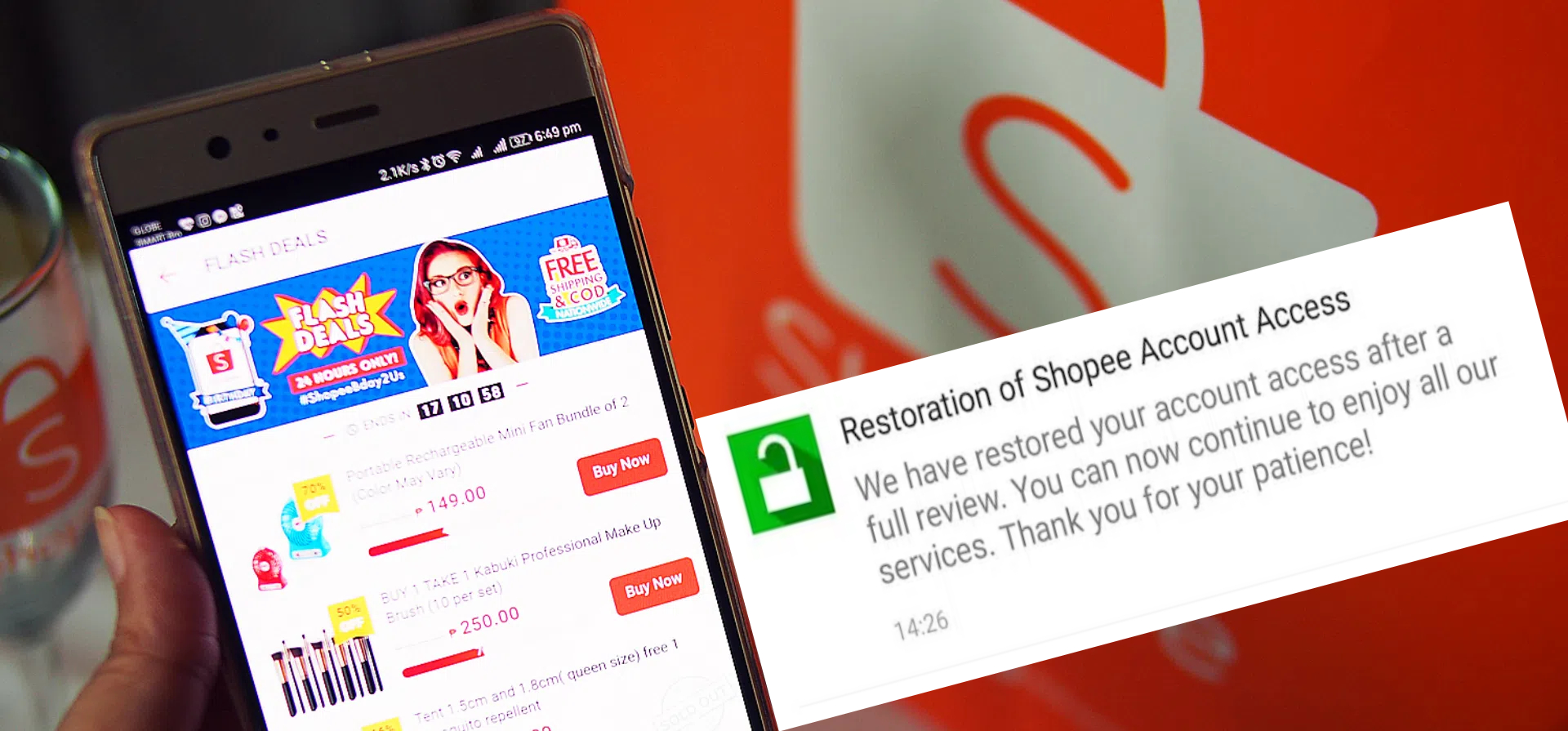The Ultimate Dropshipping Guide: Proven Strategies to Skyrocket Your Business Profits
Jayson 24 Dec 2024 11:00ENCopy link & title
Dropshipping has become a popular business model, especially for entrepreneurs in Southeast Asia, where e-commerce is rapidly growing. It allows sellers to start an online business with minimal upfront investment, no inventory management, and low operational costs. With the right strategies, Southeast Asian sellers can easily tap into global markets, offering a unique opportunity to scale quickly without the typical challenges of traditional retail.
In this guide, we’ll walk you through the essential steps for starting a dropshipping business, including choosing a niche, finding reliable suppliers, and managing orders effectively. We’ll also explore the practical aspects of dropshipping fulfillment and how BigSeller ERP system can streamline your operations.

Click Here to Register BigSeller For Free!👈
1. What is Dropshipping?
Dropshipping is a retail model where a store doesn’t keep the products it sells in stock. Instead, when a customer makes a purchase, the store buys the item from a third-party supplier who then ships it directly to the customer. This means you don’t need to worry about inventory management or shipping logistics.
Key Benefits of Dropshipping:
- Low Startup Costs: No need for upfront investment in inventory.
- No Inventory Management: Suppliers handle stock and fulfillment.
- Scalability: Easy to scale without the complexities of warehousing.
While dropshipping offers great potential, success depends on choosing the right suppliers, managing customer service, and using the right tools to streamline operations.

2. How to Get Started with Dropshipping
Getting started with dropshipping is straightforward but requires careful planning. Here’s a step-by-step guide:
Step 1: Choose a Profitable Niche
The first step is selecting a niche with high demand, low competition, and solid growth potential. Popular niches include health & wellness, home decor, gadgets, and fashion. Use tools like Google Trends, Amazon Best Sellers, and social media to spot trending products.
Step 2: Set Up Your E-commerce Store
Create your online store on platforms like Shopify, WooCommerce, or BigCommerce. Ensure your website is user-friendly, mobile-responsive, and includes secure payment options. A well-designed store is crucial for converting visitors into buyers.
Step 3: Select Reliable Dropshipping Suppliers
Choosing the right supplier is critical. Some popular platforms for finding suppliers include:
- AliExpress: A widely-used platform with thousands of suppliers and integration options.
- 1688: Ideal for Southeast Asian sellers looking for lower-cost products.
- SaleHoo: A vetted directory of suppliers with great customer service.
Evaluate suppliers based on shipping speed, product quality, and reviews. Ordering samples is essential to ensure the quality matches customer expectations.
Step 4: Set Competitive Prices and Market Your Store
Determine competitive pricing by researching your competitors. Then, use marketing strategies like social media advertising, influencer collaborations, and SEO to drive traffic to your store.

Click Here to Register BigSeller For Free!👈
3. How to Find and Vet Reliable Suppliers
Choosing reliable suppliers is a vital part of dropshipping success. Here’s how to ensure you’re working with the best:
Step 1: Use Trusted Supplier Platforms
Use platforms like AliExpress, 1688, and SaleHoo to find dropshipping suppliers. These platforms host a wide variety of suppliers, making it easier to find products that match your niche.
Step 2: Evaluate Supplier Performance
When choosing suppliers, consider:
- Product Quality: Order samples to test the quality of products before selling.
- Shipping Times: Opt for suppliers offering faster shipping methods like ePacket.
- Customer Reviews: Check ratings and reviews from other dropshippers to assess reliability.
Step 3: Build Strong Relationships
Maintain good communication with your suppliers and set clear expectations. Strong relationships help ensure timely deliveries and quality service.

4. The Dropshipping Fulfillment Process: A Step-by-Step Guide
Here’s a more detailed look at the dropshipping fulfillment process:
Step 1: Customer Places an Order
A customer orders from your online store, and the system processes the payment.
Step 2: Forward the Order to the Supplier
You forward the order details to your supplier, who will handle packaging and shipping. This step can be automated using dropshipping apps or systems like BigSeller.
Step 3: Supplier Ships the Product
The supplier ships the product directly to your customer. Shipping times vary, so make sure to choose suppliers with fast and reliable shipping options.
Step 4: Provide Tracking Information
Once the product ships, you’ll receive tracking information, which you can pass along to your customer to keep them updated on the delivery status.
Common Challenges and Solutions:
- Slow Shipping: Work with suppliers offering fast shipping methods or local fulfillment centers.
- Out-of-Stock Issues: Keep track of stock levels and adjust product listings to avoid selling unavailable items.
- Customer Service: Implement clear processes for handling customer inquiries and returns.
Click Here to Register BigSeller For Free!👈
5. Streamlining Your Dropshipping Business with BigSeller ERP System
As your business grows, managing multiple suppliers, stores, and orders can become overwhelming. BigSeller’s ERP system simplifies dropshipping by automating many aspects of the process, from product importation to order fulfillment.
How BigSeller Can Help You:
- Multi-Store Management: Manage all your dropshipping stores from one central dashboard, such as Shopify, Shopee, Lazada, and Tiktok Shop.
- Product Scraping: Scrape trending products from multiple platforms, including Shopee and Lazada, directly into your store with just a few clicks.
- 1688 Supplier Integration: BigSeller integrates seamlessly with 1688, ensuring you always have up-to-date product details.
- Order Automation: Automate order processing, saving time and reducing errors.
- Inventory Management: Keep track of your stock levels in real-time, preventing out-of-stock situations.

Click Here to Register BigSeller For Free!👈


